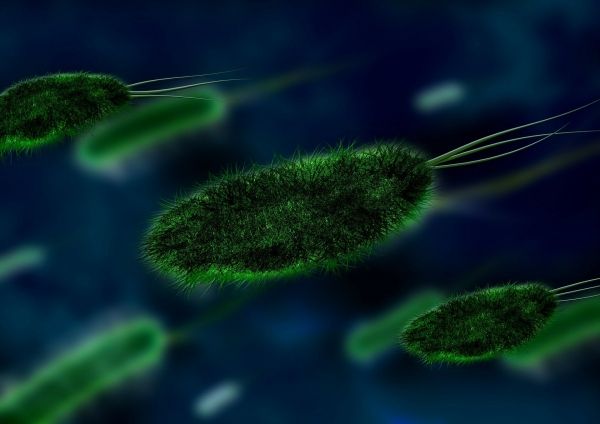Scientists at the Severinov Laboratory in Skoltech and their colleagues from Russia and the US have uncovered a new mechanism of bacterial self-defense against microcin C, a potent antibiotic weapon in the microscopic world that can sometimes turn on its master. The study was published in the journal mBio.
Microcin C is a peptide-nucleotide antibiotic produced by some strains of Escherichia coli. It is essentially a Trojan horse: its peptide part helps it get into a cell, where the cell’s own internal machinery turns it into what’s called “processed McC”. This compound completely blocks protein biosynthesis by interfering with its crucial component, aspartyl-tRNA synthetase.
Unfortunately for the microcin C producer, some of the “Greeks” in this metaphor inevitably escape from the “horse” too early, while it is still inside the producing cell, which leads to self-intoxication. That is why the producing cell has to get creative in developing defenses against its own weapon; one of these defenses is an enzyme that acetylates processed McC, rendering it useless.
Skoltech PhD student Eldar Yagmurov and his colleagues have found another way cells can protect themselves — histidine-triad (HIT) superfamily hydrolases (that is, enzymes that break a larger molecule into smaller ones using water).
Read more at Skolkovo Institute Of Science And Technology (Skoltech)
Image by Gerd Altmann from Pixabay


